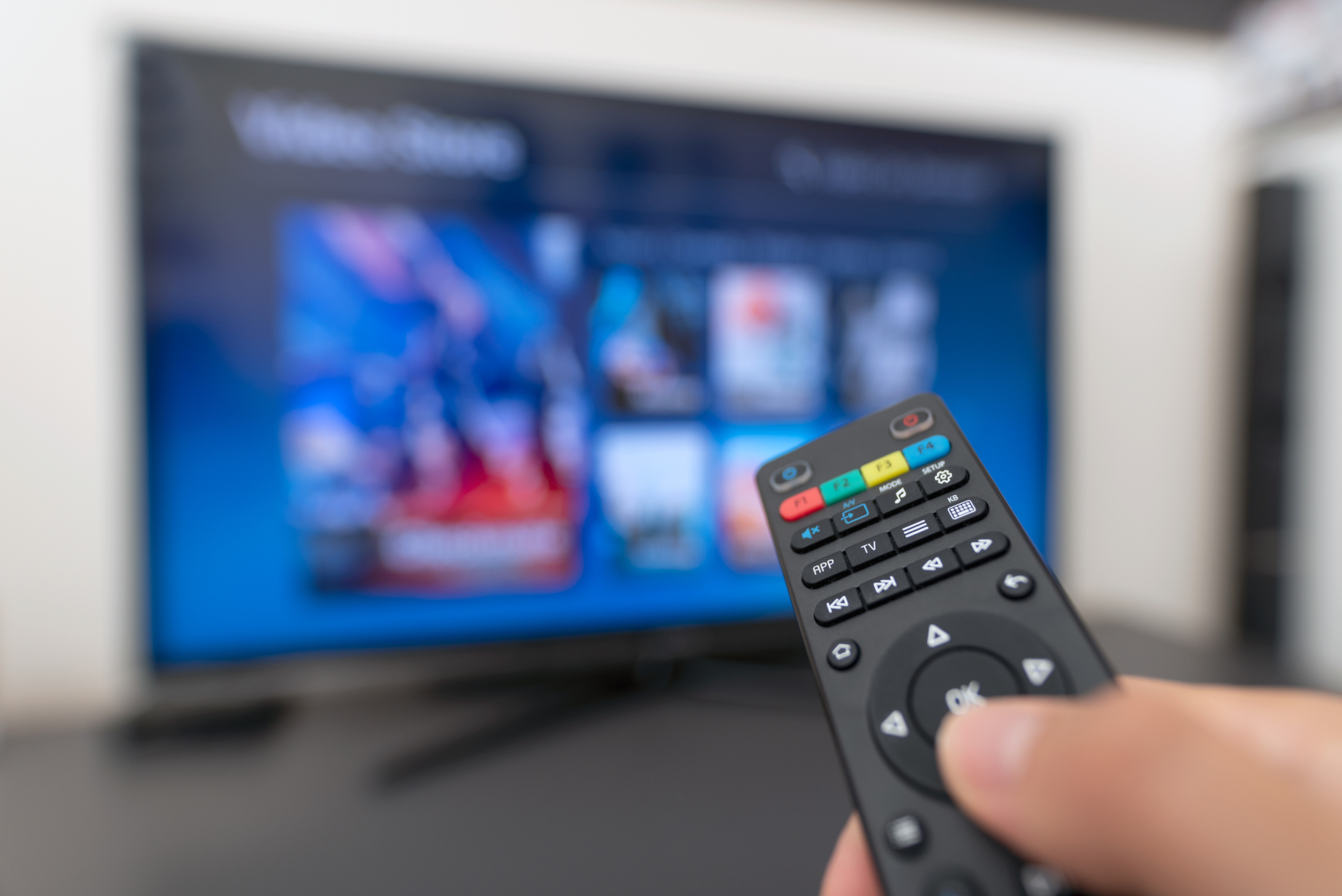As we’ve seen over the last year, TV viewing options have increased and consumers are diversifying. This is a sophisticated response from those who are serious about their media consumption and use the abundance of information provided on the web to find the right way to connect with content and engage with it whenever they want. A great example is the committed basketball fan who might watch an NBA playoff game live (or part of it), but then goes through G League highlights and fan platforms to discover the next Giannis Antetokounmpo. High-volume multi-platform viewers are a class that marketers seek to understand because getting to know them better means finding out more about the transitioning media landscape. Projecting how new behaviors will develop over time isn’t as crucial as determining how consumers act now and where to find them.
Samsung Ads has attempted to tackle the current hybrid behavior by identifying this emerging group: the Total TV Watcher. The numbers are helpful in grasping the importance of connecting with this significant portion of the viewing audience. While 68 percent of households use a streaming service, 70 percent use cable or satellite. Since this means that many households have both, there is a lot of connecting the dots involved, and the stakes are high in connecting with the most frequent watchers that use multiple formats. According to research by Samsung Ads and data from Samsung smart TVs, the Total TV Watcher views 15 percent more TV per day than traditional TV watchers who just use cable or satellite. And when compared to video content watchers of the future, the so-called “cord-cutters” who don’t have any cable or satellite, well, this same Total TV Watcher watches 26 percent more TV content on average than them.
Motivations aren’t the aim of this research, but it appears that cost isn’t necessarily a major concern in every case, while availability of content is clearly a factor for these consumers. Tom Fochetta, Vice President of Samsung Ads, recently shared some further insights with me.
“Thirty-four percent of Total TV Watchers are more likely to stream for content they can’t get anywhere else, and 29 percent less likely to stream because it’s cheaper,” Fochetta told me. “What this reinforces is that the definition of TV is changing. Consumers are curating their own media mix, accessing the content they want, when they want it, on the devices of their choice.”
The data from smart TV owners shows that 38 percent are Total TV Watchers, viewing nearly six and a half hours of content per day.
“Total TV Watchers reinforce the power of television,” Fochetta explained. “For advertisers looking to reach households that spend more – both online and offline – than the average American household, have higher incomes, and contain households with Gen Z and Millennials, advanced TV strategies become increasingly more important and Total TV Watchers become a critical audience.”
He added, “Because TV is so fragmented between traditional streaming services, buying a random set of OTT and MVPDs (multichannel video programming distributors) does not enable advertisers to control reach and frequency, or understand what advertising is making an impact. Therefore, advanced TV strategies built on a foundation of broad reach – representing large populations without modeling – and deep insights into viewer behavior and exposure become extremely critical.”
In terms of the actually devices and hardware that is used, 85 percent of streaming is now done through smart TV built-in functionality. According to Samsung’s findings, smart TV owners are 60 percent less likely to use an external streaming device
The Total TV Watcher, when compared with average American households, tends to spend more, both online and offline. They are 56 percent more likely to earn $175K-plus annually, and 70 percent more likely to be in the top 20 percent in spending online. However, they are also 50 percent more likely to be in the top 20 percent of offline spend. They are 65 percent more likely to have a “young adult” (age 19 to 25, who isn’t the head of household) living in their home.
“We are at a unique moment in time where nearly as many people that watch TV via cable/satellite also watch via streaming platforms,” said Fochetta. “While we do believe the scales will shift and consumers will eventually favor streaming services, right now it’s important that advertisers take a holistic approach to connecting with consumers throughout their entire TV experience.”
Instead of a transitional group of consumers making the best out of a fragmented system for the short term, Fochetta sees this trend gaining momentum.
“We believe Total TV Watchers are on their way to becoming the norm,” he stated. “The ubiquity of connected TVs is breaking down barriers to entry when it comes to OTT.”








